Chardham Yatra is considered as the most important journey In India as the Chardham i.e. Yamunotri,Gangotri, Sri Kedarnathji and Sri Badrinathji has been referred as the four most important pilgrimages of India according to the ancient Hindu scriptures. For Years and centuries, saints and people have been travelling to these place in order to attain the divine or the moksha, for the attainment of the eternal peace, these four spots are most sacred amongst all and that’s the reason the importance of Chardham Yatra is above all.
 Please Wait..
Please Wait..
The most important of the four sites that constitute India's Char Dham pilgrimage, Badrinath Temple is dedicated to Lord Vishnu and is located in Bardrinath, which is a holy town in the district of Chamoli in Uttarakhand, India. Situated along the Alaknanda River, Badrinath Dham is considered to be one of the holiest temples by the Hindus. The main attraction of Badrinath Dham is the one meter tall statue of Vishnu in the form of Lord Badrinarayan which is cast in black "Shaligram" stone. The statue is known to be one of the eight self-manifested statues of Vishnu and is securely placed under a Badri Tree which has a gold canopy. A noticeable aspect of the temple is there are a number of hot springs around it. Every year the temple is open for visitors for a period of six months, starting from May and extending till the start of November.
Templemitra.com Welcome you to Char Dham Yatra tour! you will be met representative On arrival. drive to Badrinath via Joshimath. Check in Hotel. Later at evening visit Badrinath Temple for Aarti. Overnight stay. Badrinath one of the ‘Four Dhams’ is one of the most celebrated pilgrimage spots of the country and is situated at an elevation of 3,133 meters, guarded on either side by the two mountain ranges known as Nar & Narayan with the towering Neelkanth Peak providing a splendid backdrop. This revered spot was once carpeted with wild berries. Thus the place got the name “Badri van”, meaning “forest of berries”.
Tapt Kund : Natural thermal springs on the bank of the river Alaknanda, where it is customary to bathe before entering the Badrinath temple.
Narad Kund : A recess in the river, near Tapt Kund, forming a pool from where the Badrinath idol was recovered.
Brahama Kapal : A flat platform on the bank of river Alaknanda. Hindus perform proppitiating rites for their deceased ancestors.
Sheshnetra : 1.5kms. away is a boulder having an impression of the legendary serpent, better known as the Sheshnag’s eye.
Charanpaduka : 3kms. away is a beautiful meadow where the footprint of Lord Vishnu is seen on a boulder.
Mata Murty Temple : Devoted to the mother of Sri Badrinathji. Other important temples include Sesh Netra Temple , Urvashi Temple and Charanpaduka.
Mana Village : Inhabited by an Indo-Mongolian tribe, it is the last Indian village before Tibet .
Vasundhara : As the name suggests, vasundhara is a magnificent water fall. This place is 5 kms. from Badrinath out of which 2 kms. is motorable upto Mana.
Bhim Pul : On the other side of Mana village, a massive rock forming a natural bridge, lies over the roaring Saraswati river. It presents a spectacular view of water thundering down through the narrow passage under the rock and is believed to have been placed there by Bhim, the second eldest among the five Pandava brothers.
Vyas Gufa (cave) : Near Mana Village, this is a rock-cave where Ved Vyas is believed to have composed the Mahabharata and the pauranic commentaries.
Morning visit temple after a holy dip in Taptkund. Proceed through colorful entrance of the temple have Darshan of Badrivishal along with Ganesh, Kubera, Garuda, Narada, Udhhav, Nar & Narayan. Also see another small temples inside the temple compound i.e. Laxmimata, Nar-Narayana, Hanuman, Ghantakarn and Kaamdhenu. One can get ‘Charnamirt’(abhishekamjal) in side compound. Brahamakapal is significant for Pinddam Shraddh of ancestors (Pitrus), one can perform rite here. Later a visit of Mana Village (India’s last village towards Indo-Tibetan border), which includes Vyasa Gufa, Ganesh Gufa, Bhimpul, Saraswati river etc, In the evening transfer to Srinagar, Overnight stay at Srinagar.
Joshimath is situated on the slopes above the confluence of Alaknanda and Dhauliganga. Of the four ‘Maths’ established by Adi Shankaracharya, Joshimath is in the Badrinath to Joshimath and installed in the temple for people to worship. There are many temples in the township most important is the temple of Nir Singh in commotion of Lord Vishnu. The left arm of this deity is with time and the popular belief holds that the day the the arm completely withers Badrinath valley will cease to exist and the Gods will transfer the residence into the neighboring Niti Valley at Bhavishya Badri. Joshimath is connected by regular bus service to Rishikesh, Haridwar, Badrinath and many other centres in the region.
Morning after transfer to Haridwar, en-route visit Devprayag the confluence of Alaknanda and Bhagirathi. Here onwards downstream river is called Ganges, later transfer to Haridwar, on arrival proceed to perform ritualistic bathing on the banks of pious river Ganges and join the enchanting evening Aarti at Har-ki-Pauri. Brahma Kund, the spot where the Amrit (nectar) spilled out of the pitcher, is located at Harki Pauri and is considered to be prime ghat of Haridwar. and drop haridwar railway station or Dehradun Airport.





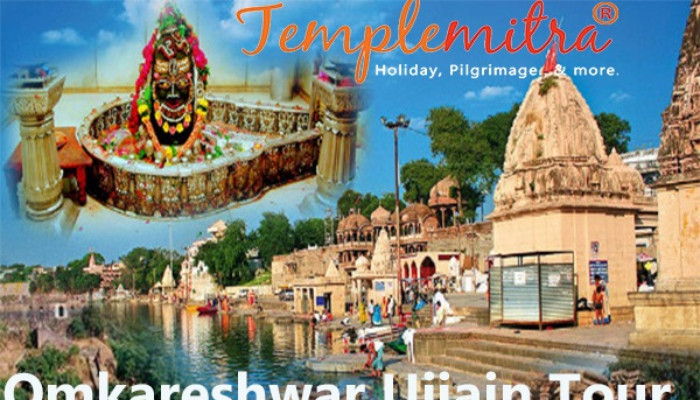














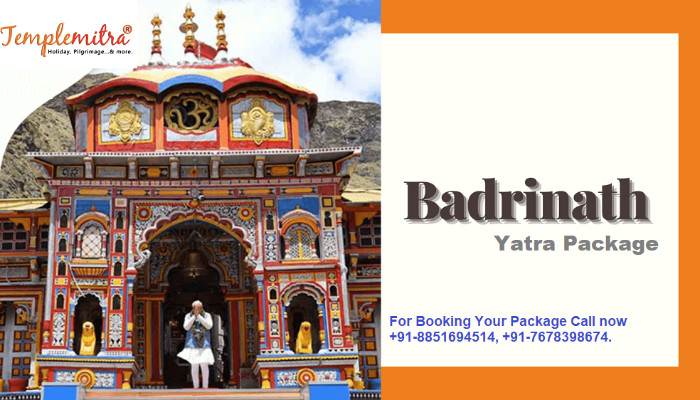


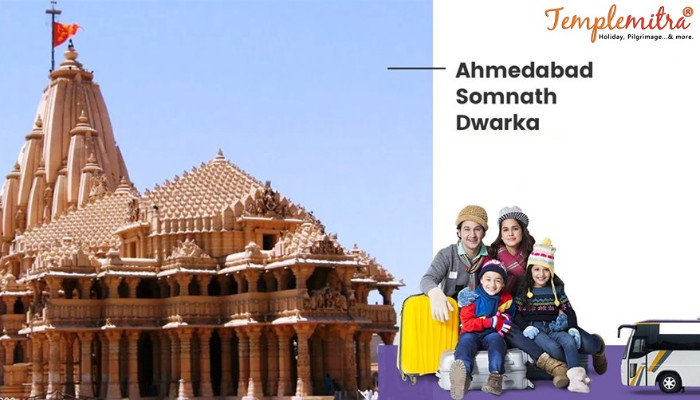

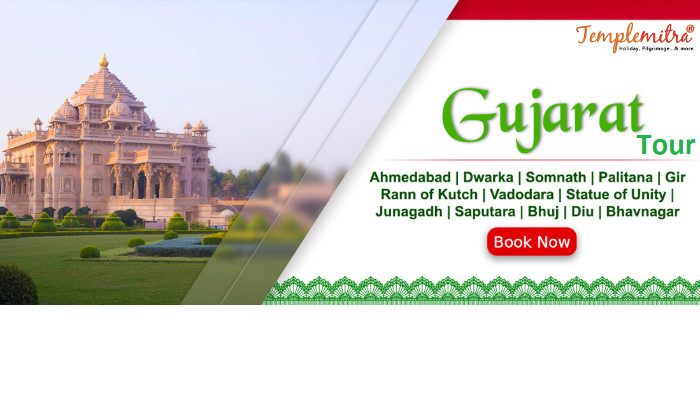

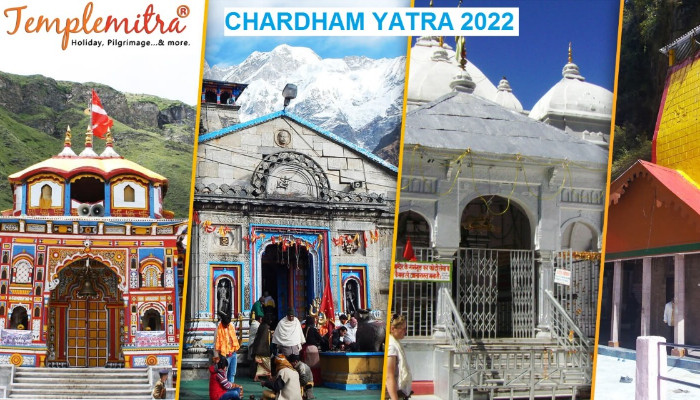
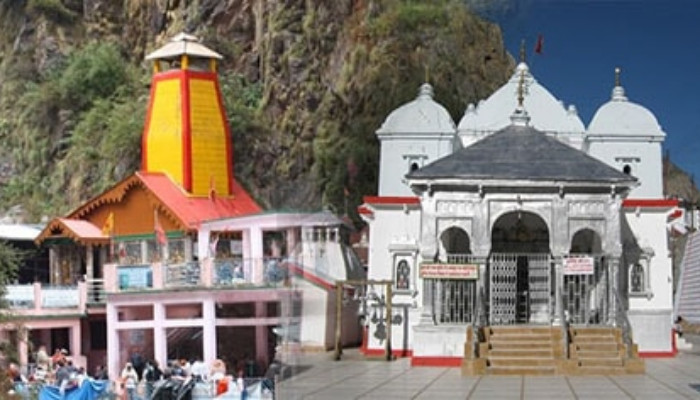
 Please Wait..here
Please Wait..here